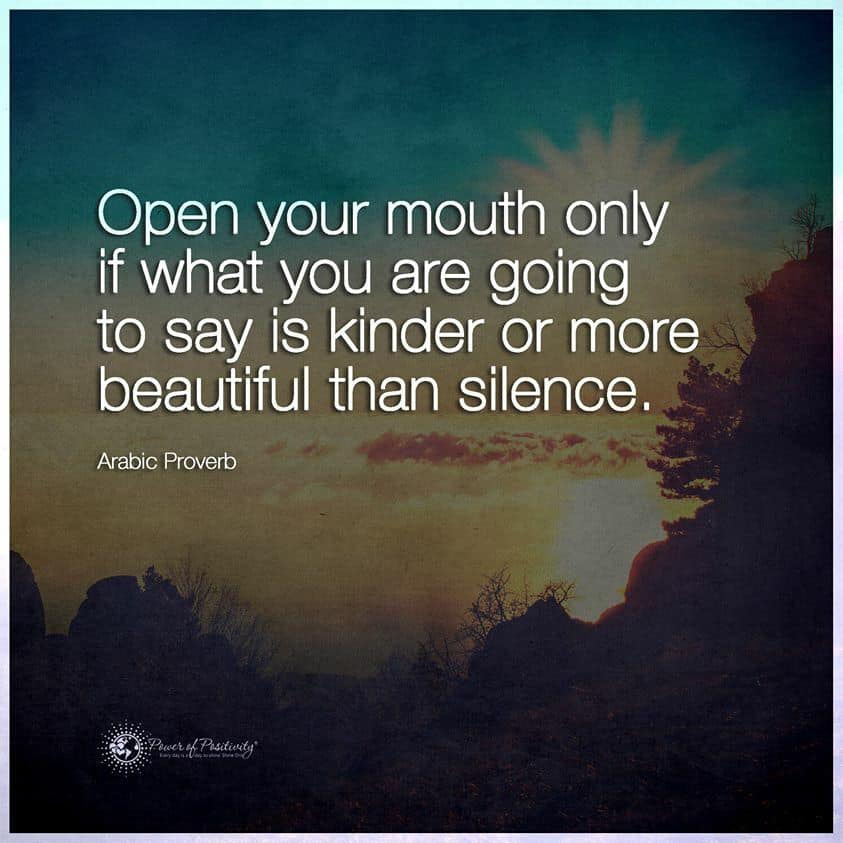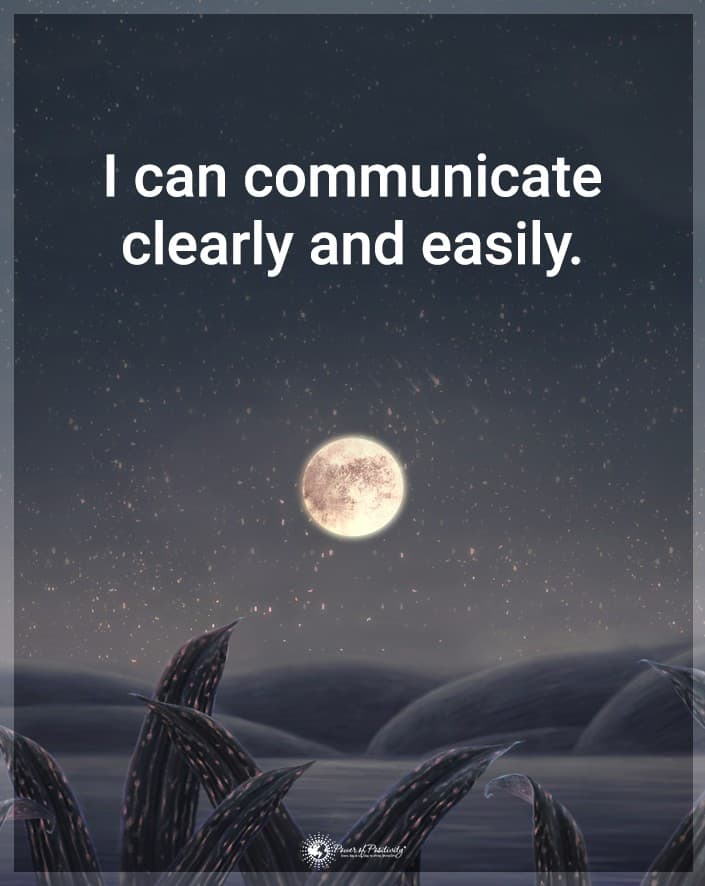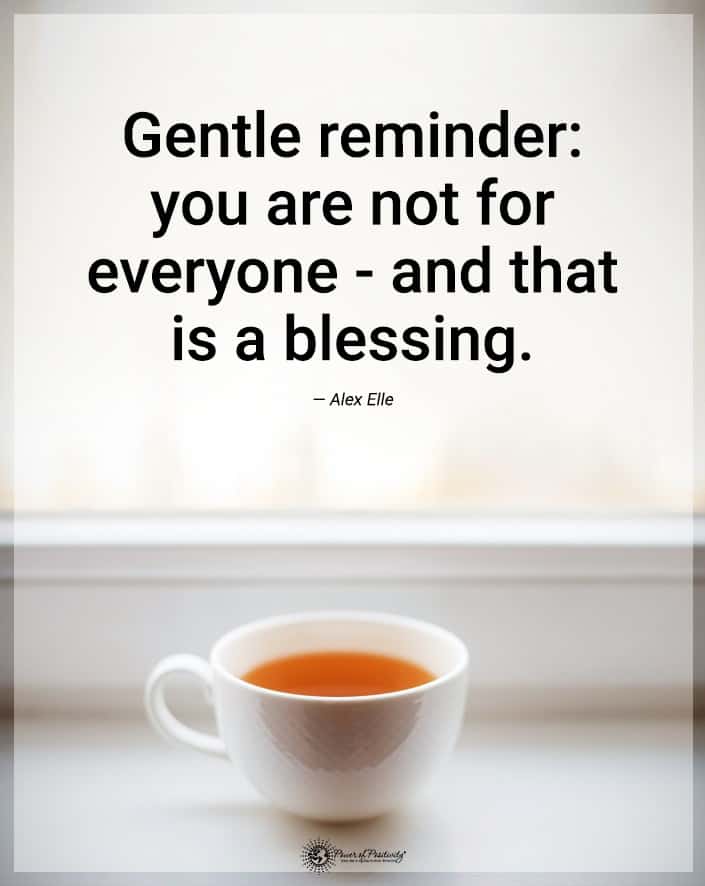Although non-verbal communication exists, their minds immediately picture talking when people think about communication. Words are the only thing people focus on when trying to convey a message. But everyone seems to forget that there are many other ways to communicate.
There are three ways of communicating non-verbally, which means that your body, gestures, tone, and other aspects play a significant role. Sometimes, non-verbal communication can be even more important than words. Sometimes, your tone can share so much more than words ever could. They can make the difference between a genuine and a false statement. They can better understand what someone is trying to tell you.
Non-verbal communication is vital, but it’s often overlooked. People often forget about its importance, and they use non-verbal communication intuitively. But this can lead to many misunderstandings, as a harsh tone can change the whole meaning of your words, for example. But you can learn to master non-verbal communication at all times, and here are the three types you must know about.
Three Types of Non-Verbal Communication
Understanding the non-verbal cues you send out can be a game-changer.
1. Body Language
The first and most prominent type of non-verbal communication is body language. Analyzing body language can offer the listener extra information about your intentions, your feelings, and more. Body language isn’t always something you can control. For example, in stressful situations, everyone will exhibit some telling body language, like the furrow of a brow. Because you can’t always control it, it can be the most reliable way to deduce whether someone is genuine.
By body language, most people mean facial expressions, gestures, posture, and other signals, like shrugging. It can also be about movement or how much space you put between you and the listener. The more relaxed a person seems, the more likely they are to be genuine and open. But, if they start to strain, to appear stressed and tense, that’s a sign that something’s up.
For example, if someone sits straight, that’s a sign they are engaged in the conversation and actively listening to you. They are probably anxious or angry if they slump, have tense shoulders, or bend over. The same goes for the arms and legs placement. If their arms are by their side or rested on a table, and their feet are flat on the ground, they are open to communication. On the other hand, arm or leg crossing can signal that the person who is listening is closed off and anxious.
How Gestures Are Important To Non-Verbal Communication
One of the most common body language tools is gestures. They are the most expressive and intentional part of non-verbal communication. People use them to emphasize a point you want to make. Finally, they show if you are angry, exasperated, or excited about communicating. For example, using a “thumbs up” is quite common when showing their affirmation.
Gestures are interesting because they can be related to culture. For example, a study showed that Japanese people use smiles to mask their negative emotions. This differs from Americans, who don’t try to hide their disgust or horror.
Space is also relevant when it comes to analyzing body language. A person who keeps their distance might try to be respectful, but that distance might also signal discomfort. A person who tries to stand closer to the person they’re talking to might try to be comforting or to show that they trust you.
Lastly, facial expressions are always something to look out for. Most facial expressions are unintentional and can’t necessarily be controlled. A subtle furrowing of a brow can signal confusion. A slight rise of a corner of the mouth can show satisfaction. Facial expressions can also be used intentionally. For example, smiling shows that people are happy or content.
2. Paralanguage
Paralanguage is a type of non-verbal communication that refers to voice modulation. It includes the non-language elements of speech, like pitch, talking speed, tone, intonation, voice cues, and more. These elements are used to mold the meaning of your words and convey emotion.
Paralanguage is very important and can entirely change the meaning of your words. It can tell a lot about the speaker. Some attributes like gender and age are easier to guess, but with the help of paralanguage, you can understand intent and meaning. You can even guess things like their occupation. A study showed that when 4,000 listeners heard nine different speakers, they could consistently guess the field the speakers work in. Actors and clergy members were identified more than any other profession.
About 38% of communication is done using voice cues and tone. And, when it comes to communicating emotional responses, over 90% comes from paralanguage. The words that you use are important. But they only make up 7% of the whole meaning of a phrase. For people, it’s not helpful at all to hear the words “I’m sorry” if they are said monotonously. What’s truly important is to convey emotions through those words.
When you are holding a work presentation, paralanguage might be less critical than it is in personal conversations. But that doesn’t mean you should forget about it. Talking too fast having an aggressive tone, all these characteristics can completely change how your words are viewed.

Why Tone and Pitch Matter in Paralanguage
Almost every phrase in the world can have a different meaning, depending on what tone. Pitch and intonation you use. Even “I love you” can come from a place of genuine care or out of sheer desperation. A harsher tone and a faster talking speed can usually be irritated or angry. A gentler tone with a regular pitch can show compassion. A very high pitch can show exasperation.
Most people don’t think about how they are using paralanguage. They are just going with the flow and saying things as they come. But that can lead to a lot of misunderstandings. Maybe someone annoyed you, and you want to ask them to give you some space, but your tone is venomous. You might have just wanted to be left alone. Instead, you come across as mean and angry. Be careful with how you use paralanguage, or you could end up in trouble.
3. Touch
Using touch to communicate non-verbally is also known as haptics. After the vision, touch is an essential sense. It’s a crucial way to understand and interact with the world. Touch offers the brain the details it cannot get through vision alone. It’s also associated with one’s sense of body ownership. Touch links to the way through which each individual conveys feeling.
Touch is essential in a professional setting, as it has a functional purpose. For example, handshakes are always used in professional settings. At first, you might think it’s just part of etiquette, but it’s much more than that. It’s a symbol of respect and can signal an agreement. But that’s not even the most crucial part. The way someone shakes your hand can tell you a lot about who they are as a person. For example, a confident person will always give you a firm handshake.
Someone anxious might have a lighter grip. Some people try to assert dominance through the handshake, and others do it just because they have to. In the past, refusing to shake hands with someone indicated disagreement with that person. There are many other meanings to human touch. A hug can comfort someone or show someone how much you care about them. A pat on the back can reassure a person.
What Touch Means In Non-Verbal Communication
Touch can be used to communicate that you love someone on a platonic level or even on a romantic level. Romantically, people share through hand-holding or kissing. Or you can even use this language to communicate to the outside world that they are together.
The things considered an appropriate touch vary from culture to culture and even from individual to individual.
For example, it’s common for Eastern Europeans to greet each other with kisses on the cheek. But this wouldn’t be as acceptable in the United States, where people prefer a simple handshake. Or, it reveals that men don’t mind being touched by a female stranger. But the same can’t be said the other way around. When a male stranger touches a female, they get more uncomfortable.
Touch can mean many things depending on the situation, the person, and the culture. To use it efficiently in communication, you need to understand the other person’s boundaries. So, touch is an area where you will need some training before using it in your favor.
Final Thoughts On Knowing These Three Types of Non-Verbal Communication
As scientists have proven, communication is 55% body language, 38% paralanguage and touch, and only 7% words. Nonverbal communication is crucial not only for sending a message but also for receiving it. Without it, one wouldn’t be able to convey any message accurately.
Words only have as much meaning as people give them. And a listener needs to understand the intent and feelings behind those words before assessing their meaning. If non-verbal communication didn’t exist, every meaning would be arbitrary. The meaning of your words would be left at the mercy of the listener, as they would be able to understand whatever they want to. This leads to many misunderstandings, which can cause a lot of personal and professional conflicts.
To avoid misunderstandings, you have to perfect your non-verbal communication skills and listen to the non-verbal signals the other person sends you. There are three main types of non-verbal communication: body language, paralanguage, and touch (or haptics). Most people use these three ways of communicating without being aware of what they are doing. They act intuitively. But each of these three areas can change your message.
If you want to improve your communication skills, you need to take control of these areas. It would be best if you started learning how to gesture, how to modulate your voice, how to touch people respectfully. As soon as you realize that, you will find that your communication will improve significantly.




















